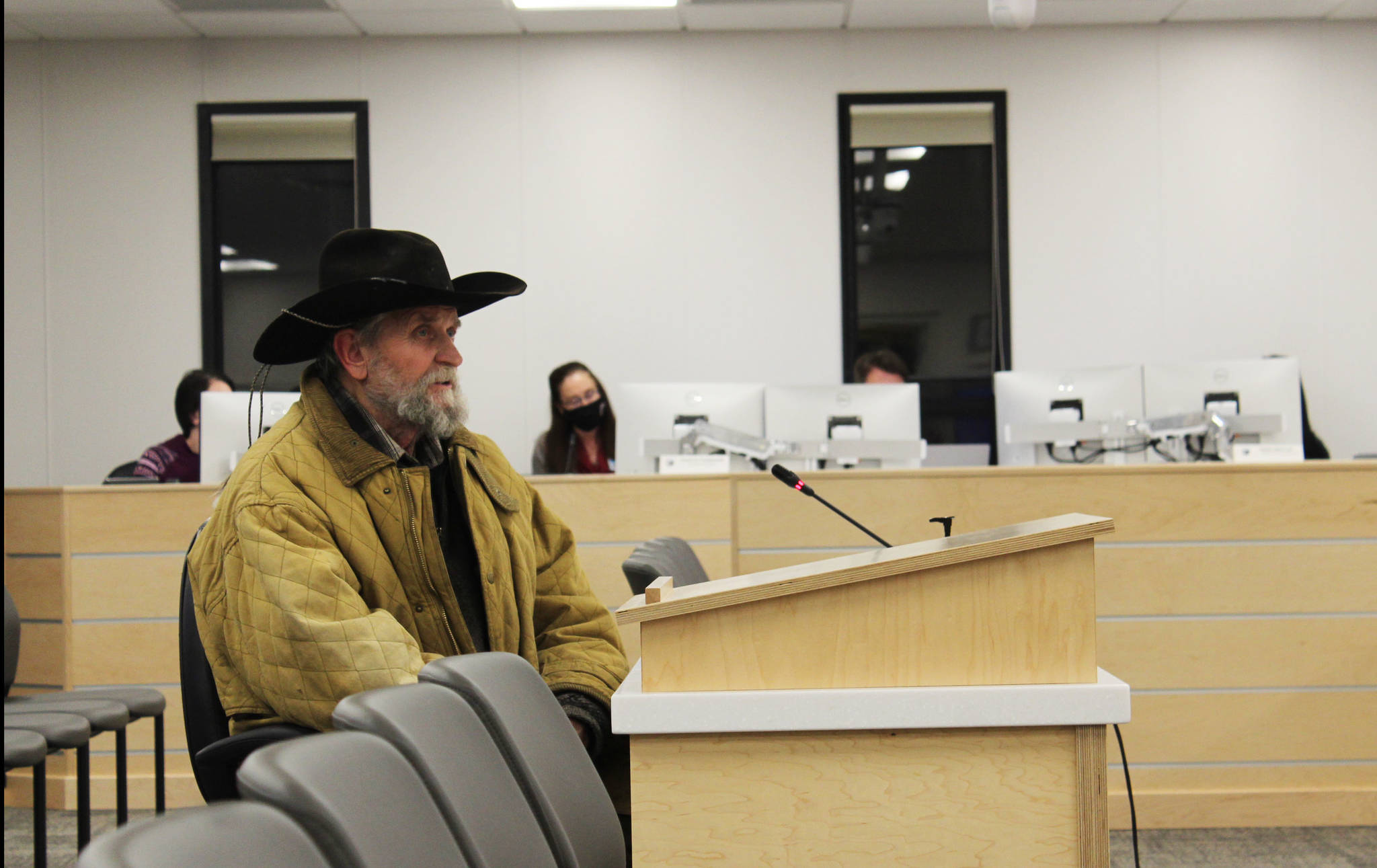As part of a larger effort to develop more borough land for agricultural purposes, the Kenai Peninsula Borough will consider legislation that would simplify the way lease rates are determined by shifting from an assessor to a standard fee schedule.
Two separate pieces of legislation will be considered. The first is an ordinance that would change borough code such that the value of land used for borough agriculture would be determined by a standard fee schedule instead of by an assessor. The second is a resolution that would adopt the fee schedule, which would outline the rates for land leases using eight management categories A-H.
For agricultural lease areas, those categories are: Tillable (A), Highly Erodible Fields (B), Hayland to Rangeland (C), Managed Forestland (D), Non-Farmed Sensitive Land (E), Access Reserves – Ungated (F), On-site Materials limited to 1,000 CY (G) and Barnyard Site (H).
For grazing lease areas the categories are: Hayland to Rangeland (C), Non-Farmed Sensitive Land (E), Access Reserves – Ungated (F), On-site Materials limited to 1,000 CY (G) and Barnyard Site (H).
Under the standard fee schedule, lease owners would be charged $15 per acre per year for Category A land, $10 per acre per year for Category B land, $5 per acre per year for Category C land, $2.50 per acre per year for Category D land, and $1 per acre per year for Category E land. Leases containing Category F land would have no fees. Leases with Category H land would cost $250 for each barnyard site as well as $100 per acre per year. Leases containing Category G land would cost $3 per cubic yard.
The specific qualities of each category are detailed in borough documentation. Category D, or managed forestland, for example, refers to areas that support the production of “forest products” that are inventoried and scheduled for harvest such as timber, firewood and artisan wood products.
Kenai Peninsula Borough Land Management Officer Marcus Mueller said that there may be leases that cover several different categories of land management types, meaning the total lease cost would be the sum of different rates multiplied by their respective acreages.
Many of the borough’s existing agricultural land leases, Mueller said, were inherited by the borough from the State of Alaska, and were issued during the 1960s and 1970s. The proposed changes to the lease fees, Mueller said, would not impact peninsula farmers who currently pay on those existing leases. Rather, the new rates would apply to new pieces of land the borough plans to lease for agricultural purposes.
Mueller said the primary reason that the borough is looking to move to a standard fee schedule is because of how poorly the current system of land assessment is. Currently, lease rates are determined by an assessor, which can lead to uncertain results due to a lack of market information for agricultural uses of peninsula land and because other factors that determine residential land value may not be good indicators of agricultural value.
The borough’s interest in land development for long-term agricultural purposes can be traced back to 2018, when the Kenai Peninsula Borough Land Management Division launched the Kenai Peninsula Agriculture Initiative. The initiative’s stated goal is “to manage borough land designated as agricultural land for long-term agricultural production.”
Among the goals outlined by the initiative are the development and creation of 100 farm contracts, 500 acres of hay or pastureland, 50 acres of berries and other specialty crops and 50 apiaries, among others before 2029, with full implementation by 2034.
The initiative also projects an estimated annual revenue of $1.4 million for the borough if their estimated acres by category type are leased at the proposed rates.
The borough’s land management division also issued a call for letters of interest from peninsula residents interested in starting new farms or expanding their fields with the goal of providing the borough with information that could be used to help fully develop a comprehensive agriculture program.
“The hope is that people will share some details that the borough can use to inform the program design,” the call for letters reads. “The kinds of major points officials think would be helpful in a letter include the size and general location needed, along with any other criteria that would be essential for the person’s production plans, and maybe an indication of the timeframes that people are thinking if they were to take on an area of land with production goals.”
At the Kenai Peninsula Borough’s Jan. 5 assembly meeting, Robert Gibson, who said he was president of the Alaska Land and Cattle Company, said that instead of charging $5 per acre per year for grazing, the borough should charge $3 per acre per year. Gibson pointed out that individuals who hold leases previously owned by the state pay between $0.11 and $0.41 per acre per year, and that the standard rates proposed by the borough would be a significant markup.
“In any kind of evaluation of anything … I look around at the surrounding areas in the marketplace and see what is everybody else doing, and … compare,” Gibson said. “I’m comparing.”
A public hearing on the ordinance is scheduled for Feb. 2.
Reach reporter Ashlyn O’Hara at ashlyn.ohara@peninsulaclarion.com.

